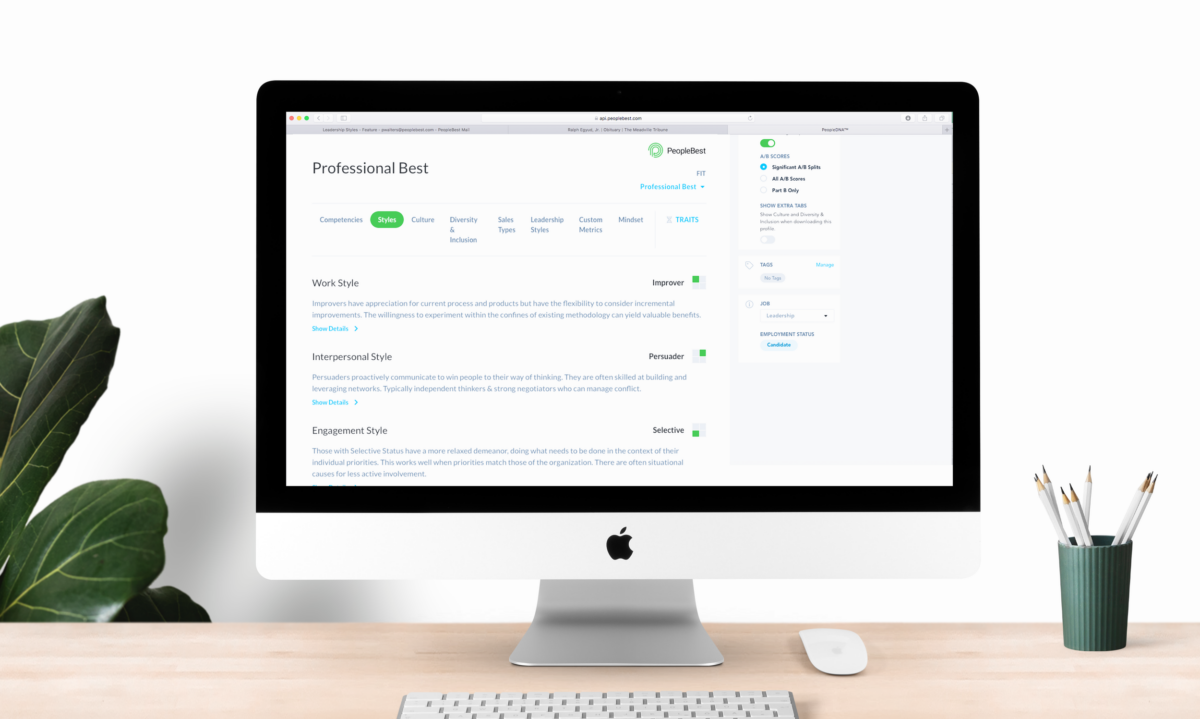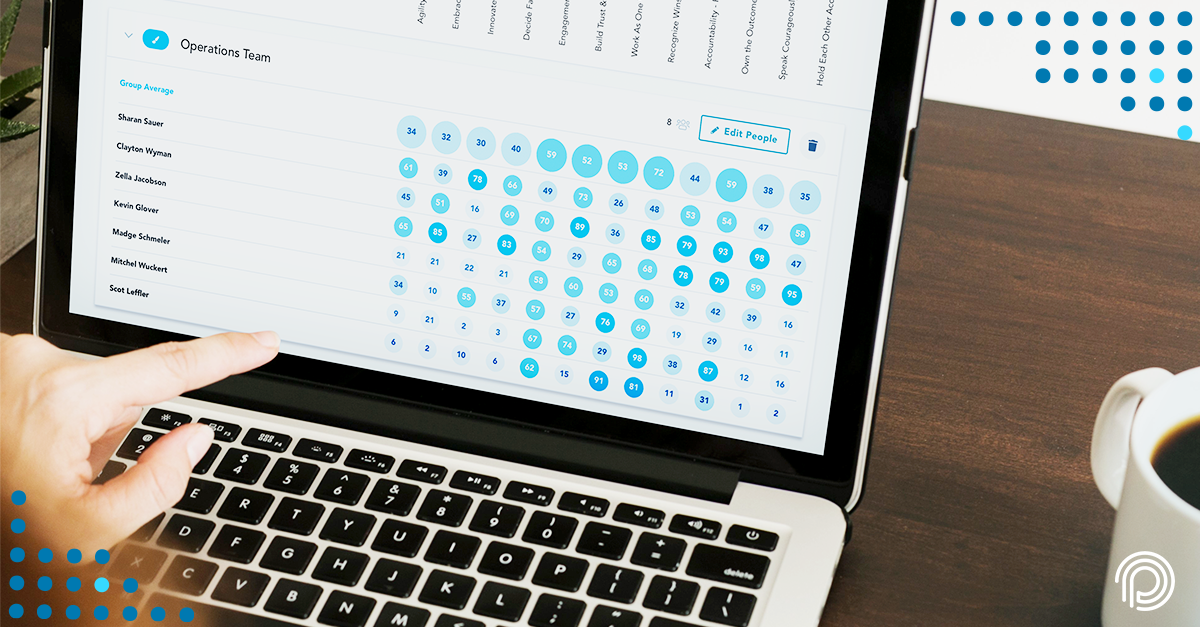Was workplace collaboration a casualty of the pandemic? Seventy-five percent of employees say that teamwork suffered greatly since the onset of COVID-19. Remote operations hampered team meetings. Zoom glitches interrupted strategy sessions. Social distancing rules ruined plans for drinks and dinners.
But we’re in a very different place with the pandemic now than we were two years ago. Remote operations are standard procedure. Zoom glitches are less frequent. And we know how to get drinks and dinners safely. So where does collaboration stand?
Here’s my opinion: To reclaim collaboration, we need to focus on the foundation of teamwork. We need to realign who works together and how they interact with one another. And to do that, we need information, and lots of it. Let’s dive in.
Step 1: Know Your Team
When workers’ behaviors aren’t considered while building and honing a team, people begin to talk past each other. Let’s say two workers — we’ll call them Shawn and Tessa — serve on a marketing team together. These two are star workers: They’re creative, detailed, and deadline oriented.
But they have a hard time working together. Their meetings seem to lead no where, and when they work on a project together, it feels more like a middle school group project than an invigorating professional experience.
What gives? Shawn and Tessa make wonderful teammates. But when they’re not equipped with information about behavior — their own and each others’ — they fail.
Behavior data unlocks the secret to good collaboration; in fact, it holds the secret to collaboration’s revival. Just take a look at Shawn and Tessa’s case. Shawn’s all about connection: Conversations get his creative juices flowing, and he’s got to express all his ideas out loud to find the one that truly shines. Tessa, on the other hand, thrives on her own. She puts her head down and powers through work until it satisfies her sky-high standards.
When Shawn and Tessa discover this information about themselves and each other, they begin to work in harmony. Shawn builds hours of independent work into their project timeline. Tessa clears an afternoon for a brainstorming session.
Step 2: Aligning The Stars
Behavior data equipped Shawn and Tessa to align their strengths. Their success can be replicated in the most defunct teams. When teams uncover their ‘code of success,’ they unlock unlimited possibilities to become more engaged people and achieve better results.
PeopleBest provides a very simple way to give you the information you need to see such success. Our algorithm uncovers the complexities that thwart teamwork to equip workers with the information they need to understand themselves and their coworkers. As they learn about the elements that fuel them and hinder them, they discover the path to deeper team communication. Soon, they reap the rewards: increased productivity, stronger harmony, and more fun.
To find out how PeopleBest can help your team grow, book a demo and set up a time to chat with one of our specialists.
PeopleBest is a revolutionary, simple and powerful way to capture the exact ‘DNA of success’ inside people, teams and companies











